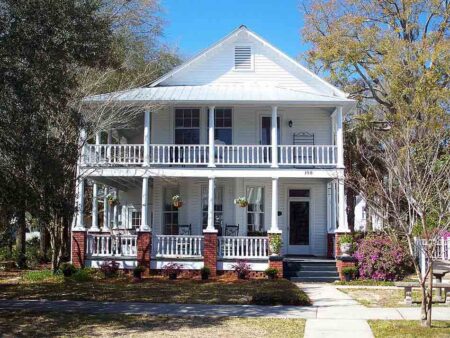Usually when azaleas begin to die in an older planting the cause is root disease – usually armillaria. It is not unusual for older azaleas, as they approach 15 to 30 years of age to begin to decline and die. The cause is old age.
NICEVILLE, Fla —
Q. Our large twenty-year-old azaleas have begun to die. We lost one last year and another began to die this spring. What could be causing this?
A. Usually when azaleas begin to die in an older planting the cause is root disease – usually armillaria. It is not unusual for older azaleas, as they approach 15 to 30 years of age to begin to decline and die. The cause is old age. Armillaria and a host of other organisms are here for the purpose of taking out the old, declining plants. There are no fungicides that can be used to control armillaria. By the time you can see the symptoms above ground, it’s too late.
The best that you can do is to remove the declining/dying azaleas when they reach the point that they are no longer an asset to the landscape. Remove as much of the root system as possible/practical. Armillaria occurs naturally in our forests for the same purpose – to act as a decomposer and take out the older, declining trees and other woody plants. Practically any tree or shrub is susceptible. But it is mainly the old, dying plants that this fungus is affecting.
Q. Is there a chemical to use to safely get lichen off of palm tree trunks?
A. When lichen is prevalent on palms and other plants, it is a symptom of low plant vigor. But no control of lichen is recommended because it does not harm plants. Determining the reason(s) for low vigor is a better approach as compared to a very temporary chemical. There are problems with recommending chemical control of lichen.
First, lichen does not harm plants (it is not considered a pest). Pesticide manufacturers are not going to develop a pesticide to control something that is not a pest. Copper sulfate fungicides have been used for some time for control of Tillandsia spp. (ball moss, Spanish moss). More recently, there has been information on the use of a solution of 2% sodium bicarbonate (baking soda) applied to Tillandsia spp. as an effective control for these plants (dehydrates the plants).
These materials may provide some very temporary control of lichen. However, the issues will be whether or not these “remedies” or others are legal and registered for such use in Florida. Copper used at too high of a rate or applied too often can easily result in a copper toxicity problem for plants. Baking soda can cause other issues such as raising the pH of the soil too high. Because of these issues and others, I cannot recommend any chemical control of lichen.
Larry Williams is the Extension horticulture agent with the Okaloosa County Cooperative Extension Service, University of Florida. Contact Larry at 689-5850 or email lwilliams@myokaloosa.com.






